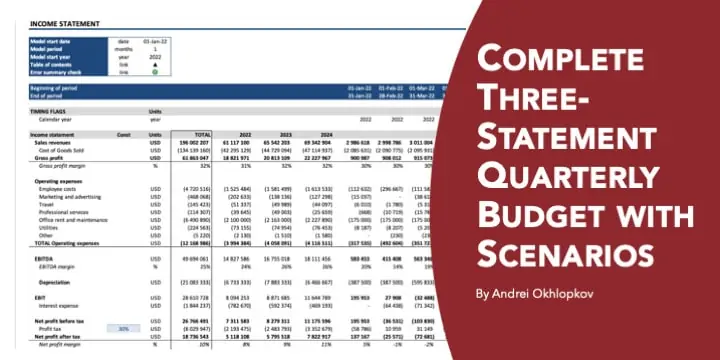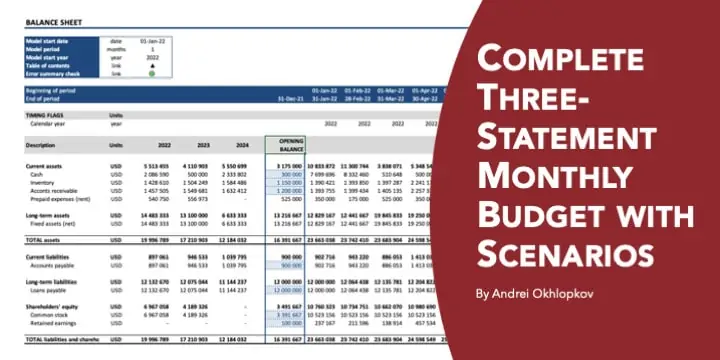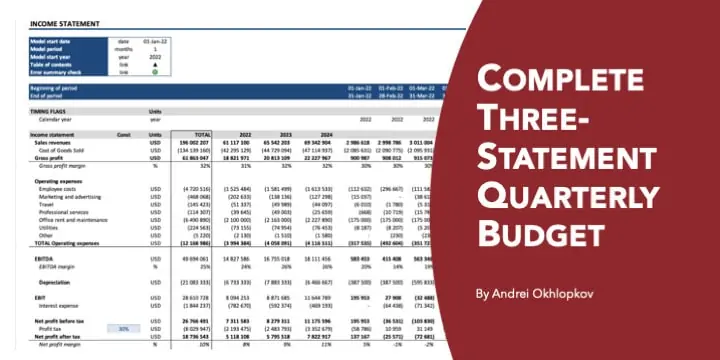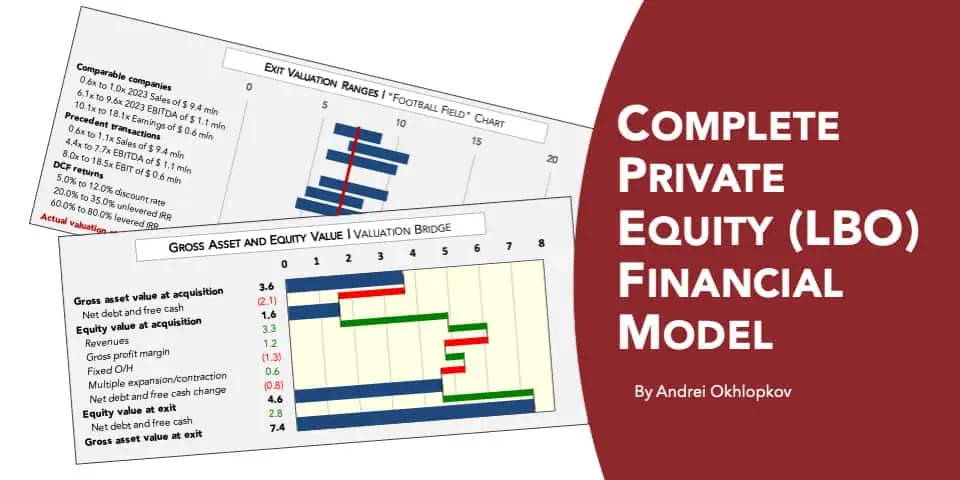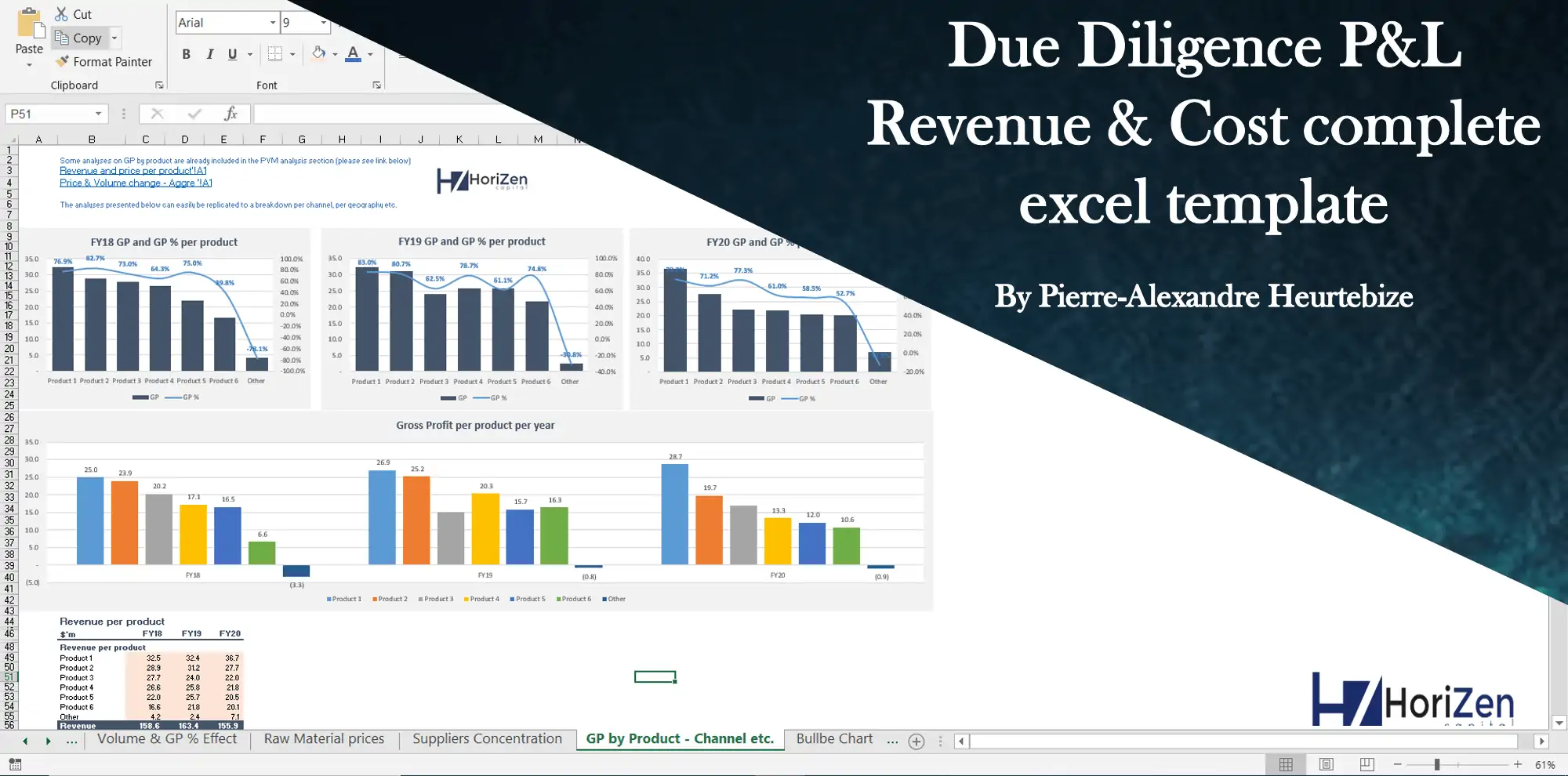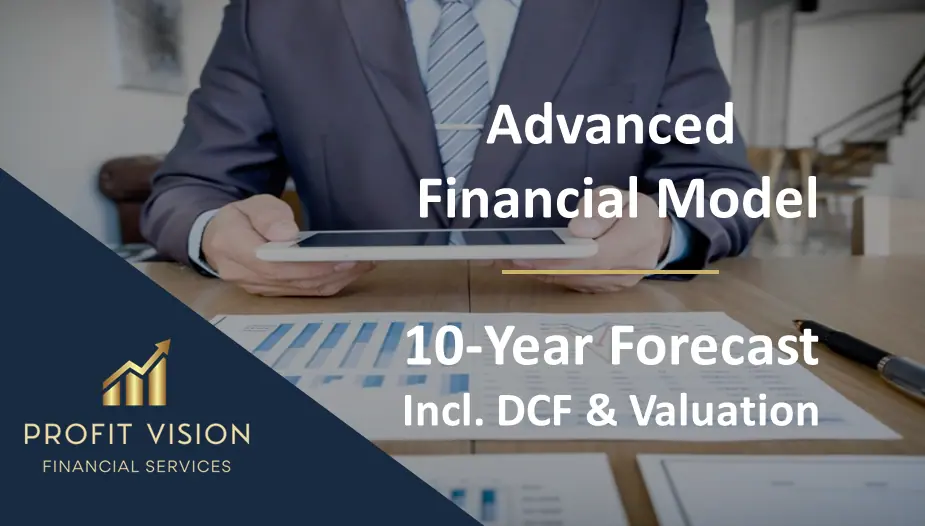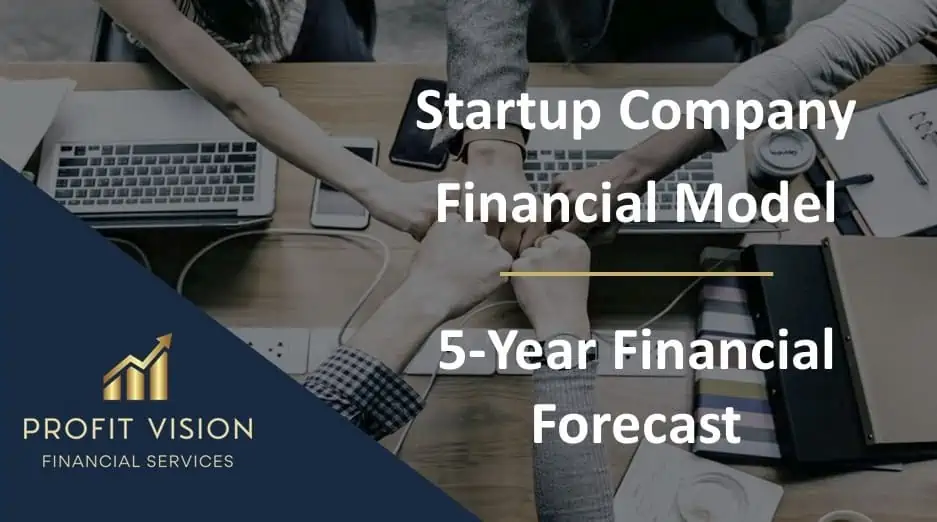Interim Budgeting (Reforecasting)
Virtually every company develops its annual budgets. The budgets are compiled before the beginning of the financial year of a company. In the course of the year, companies monitor their performance against their budgets. They see if things change and revise their forecasts for the rest of the year. Re-forecasting serves as an early warning tool for the profit change on an annual basis. It is therefore important for any company to have a proper on-going budgeting process in place.

Virtually every company develops its annual budget. The budgets are compiled before the beginning of the financial year of a company. In some cases, there can be an update to the budget (a new forecast) right before the start of the year if the circumstances change.
This forecast will be based on 0 actual months and 12 forecasted month, so it will be called, conventionally, a 0+12 forecast. In many cases, there is no such forecast made, so the budget is also a 0+12 forecast. In the course of the year, companies monitor their performance against their budgets. They see if things change and revise their forecasts for the rest of the year. Every new forecast, together with the actual year-to-date result, becomes a kind of a new budget. Under the same convention, if this forecast is based on 1 month’s actual and 11 months’ forecast, it will be referred to as a 1+11 forecast. Later there will be 2+10, 3+9, 6+6, 9+3, etc. forecasts.
According to a survey by CIMA, 84% of companies perform monthly or quarterly re-forecasting, with 53% of respondents stating a desire to reforecast more frequently. Re-forecasting serves as an early warning tool for the profit change on an annual basis. It is, therefore, important for any company to have a proper ongoing budgeting process in place.
Reforecasting involves:
- Understanding the current situation
- Evaluating if the new forecast is reasonable
- Assessing the accuracy of prior forecasts
This publication contains a set of methods, techniques, and visual tools that will help with the above if you either do in-house budgeting or monitor private equity portfolio companies.
As a bonus tip, the file includes very detailed step-by-step instructions on creating the most complex charts (with interim examples).
Similar Products
Other customers were also interested in...
Complete Three-Statement Quarterly Budget with Sce...
This is a comprehensive set of templates that will help you build your budget. The templates are bui... Read more
Complete Three-Statement Monthly Budget with Scena...
This is a comprehensive set of templates that will help you build your budget. The templates are bui... Read more
Complete Three-Statement Quarterly Budget
This is a comprehensive set of templates that will help you build your budget. The templates are bui... Read more
Complete Three-Statement Monthly Budget
This is a comprehensive set of templates that will help you build your budget. The templates are bui... Read more
Complete Private Equity (LBO) Financial Model
This is a professional financial model which performs a thorough assessment of a private equity proj... Read more
Private Equity Fund Model (Investor Cashflows)
Private Equity Financial Model to analyze fund cashflows and returns available to Limited Partners (... Read more
All My Financial Models, Spreadsheets, Templates, ...
Lifetime access to all future templates as well! Here is a set of spreadsheets that have some of the... Read more
Due Diligence P&L – Exhaustive Revenue a...
Model for in depth understanding of high level profit and loss and revenue analysis. Big-4 like chec... Read more
Advanced Financial Model with DCF & Valuation
General Overview Advanced Financial Model suitable for any type of business/industry and fully cu... Read more
Startup Company Financial Model – 5 Year Fin...
Highly-sophisticated and user-friendly financial model for Startup Companies providing a 5-Year adva... Read more
You must log in to submit a review.








